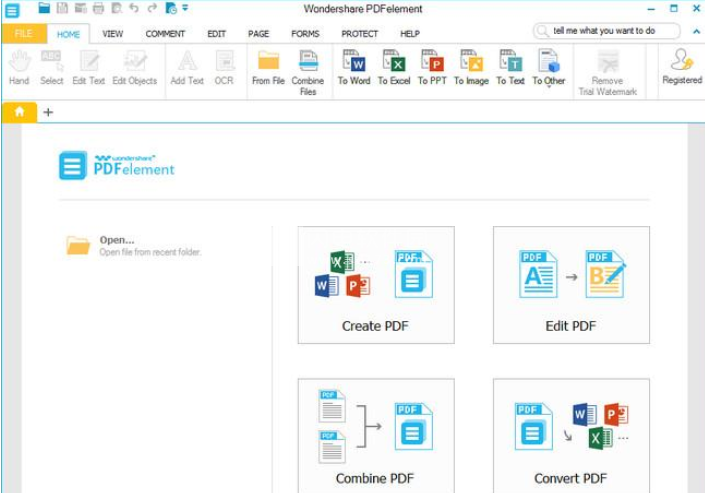

This seems to be a growing trend in the cyber-crime world, following some (in)famous malware revealed during the past year, such as the ‘Target’ and ‘BackOff’ malware.Ĭheck Point became involved when a large US-based retail customer approached us, asking our assistance after being infected by a POS malware. The 2014 holiday season brought a great deal of joy, happiness, and credit card theft: many retailers reported being infected with malware intended to steal credit card data from their ‘Point-Of-Sale’ computers. We will take you through a real life sample analysis and explain the mindset, individual steps, and some of the useful tools required to reveal the mystery behind malware. In this blog post, we break down some of these misconceptions and overcome the conceptual obstacles by demonstrating that most malware can be analyzed by practically anyone with basic technical abilities. I’ve even read some malware reports, and they sound really complex! I’m not a professional malware analyst or a reverse engineer, so what can I possibly say about this malware?” When many technical users are faced with a malware infection and asked to analyze it, they may think, “Hey, I’ve heard about this kind of malware.

I’m also considering the numerous requests to provide an interface with Yara, Cuckoo Sandbox, and Malware Attribute Enumeration and Characterization (MAEC),” says Ochsenmeier.A common misconception about malware is the great difficulty of performing malware analysis and the technical requirements involved. “I want to increase the performance of the tool in order to analyze malware samples in bulk. Many elements of the specification are neither intuitive nor fully documented,” Pestudio author Marc Ochsenmeier told Help Net Security.Īt the moment Pestudio runs on Linux under Wine, but an upcoming release will provide a native Linux version. In many aspects, this task was time-consuming. One of the biggest challenges was to gain a deep understanding of the specification of the executable file format as described by Microsoft.

“My motivation for developing Pestudio was to master the inside workings of the executable file format. There is essentially no risk of infection. Since the tool never starts the executable being analyzed, one does not even need a sandbox to analyze malware. Its footprint is zero – it makes no modifications to the system. Pestudio works on any Windows machine without installation. Pestudio shows indicators of the analyzed executable Pestudio is a free tool that allows you to perform an initial assessment of a malware without even infecting a system or studying its code. By doing so, they present anomalies and suspicious patterns. Malicious executables often attempt to hide their behavior and evade detection.


 0 kommentar(er)
0 kommentar(er)
